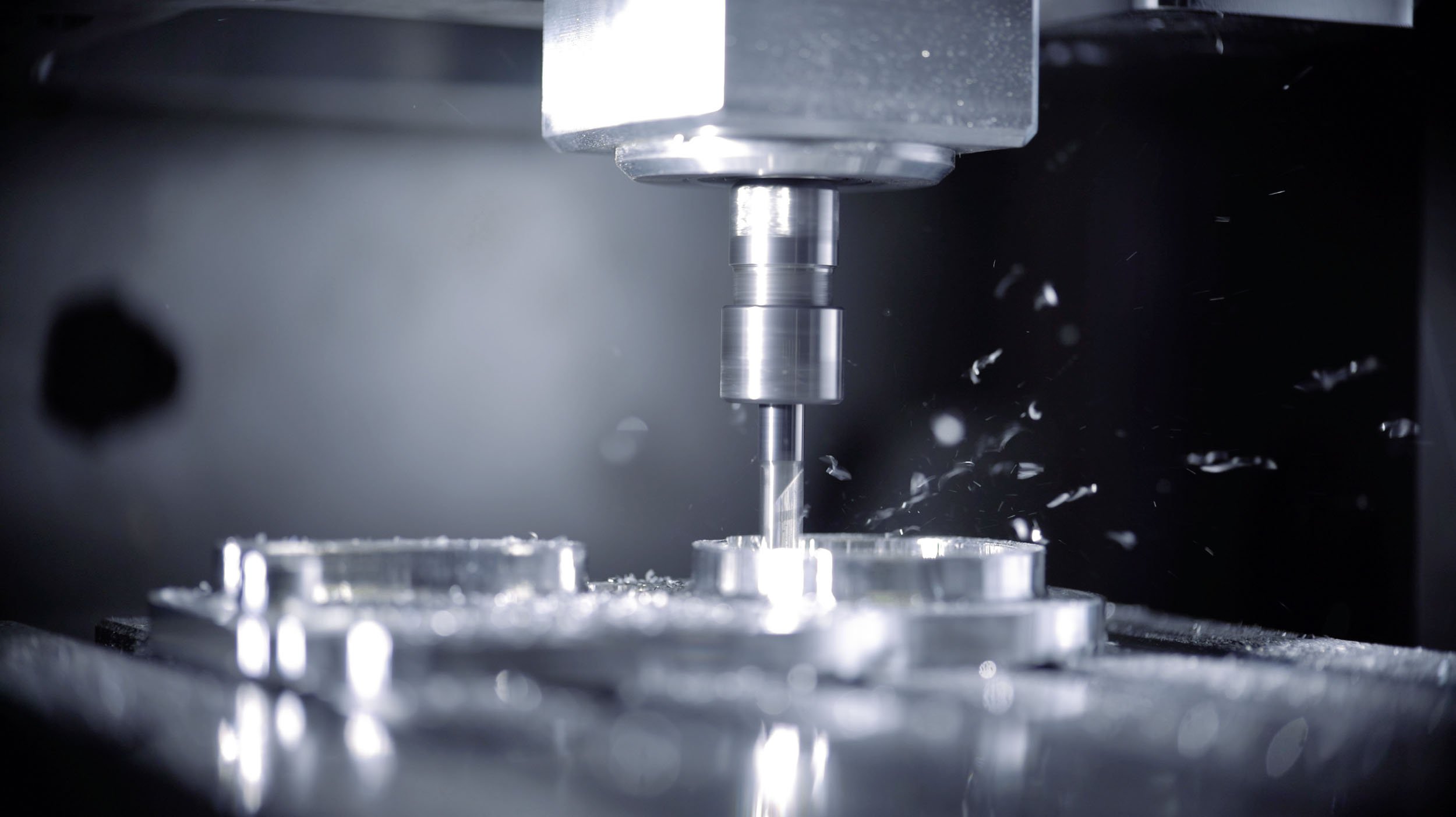What is turn-milling combination?
The names of various CNC lathes steadily get more cryptic as the variety of lathe types grows. We will then go over what a CNC turn-mill combination is. Prior to comprehending the CNC turn-mill combination, it is important to first comprehend the CNC lathe and CNC milling machine independently and determine their prior differences.
The first machine tool to use a CNC lathe to turn a revolving workpiece was the CNC lathe. Generally, refers to the fact that the lathe's tool is fixed in place on the machine tool. Under the fixture's clamp, the work item spins along its axis and is cut when it approaches the knife edge. It can therefore be used to machine workpieces with reversal appearances, such as shafts, plates, sleeves, and other such objects. In factories that manufacture and repair machinery, it is the most commonly used machine tool. CNC lathes are the source of common CNC milling and drilling machines, including rotary machines. The workpiece rotates while the tool remains fixed, which is the processing concept.
A CNC milling machine is a type of machine tool that processes workpieces with different appearances primarily using milling cutters. The workpiece and the milling cutter can both move in feed motion, but rotation is the milling cutter's primary motion. Put another way, the milling cutter rotates at a high speed while the fixture is clamped in place, with the object set at a certain point by the machine tool. It processes the plane and groove on the workpiece's surface when it comes into contact with it. It can also process different surfaces, gears, and other numerical control milling machines. The machine that uses the milling cutter to mill the workpiece can process the tooth part (gear, spline shaft, sprocket, spiral surface (thread, spiral groove), and various surfaces on the numerical control milling machine. It can also process the plane (horizontal and vertical plane), groove (key groove, T-shaped groove, swallowtail groove, etc.). It can also be applied to blocking operations, inner hole processing, and reverse body surfaces. As a result, the CNC milling machine has a high productivity. A CNC milling machine operates on the machining principle of a fixed workpiece and rotating tool.
A composite machine tool with all the functionalities of a CNC milling and lathe is called a CNC turn-milling composite. Turn-milling composite, turn-milling composite, and milling-milling composite are some of its capabilities. Using composite, a machine tool can be made to perform several tasks. It increases machining accuracy and processing efficiency while handling many operations with a single clamping. It significantly saves floor area, rent, and other expenses because it turns the features of a CNC lathe into a machine. While CNC turn-milling has a relatively high unit price, its benefits include a reduction in the number of manufacturing process chains, fixtures, floor space, and equipment maintenance costs. Additionally, it can effectively lower the overall investment in fixed assets and significantly lower the cost of personnel and equipment management from an enterprise investment standpoint.




